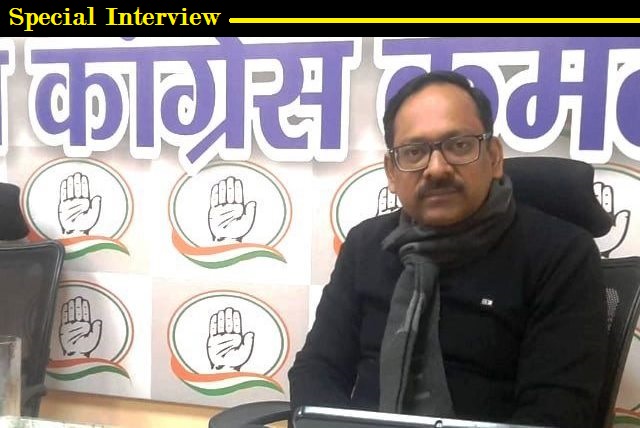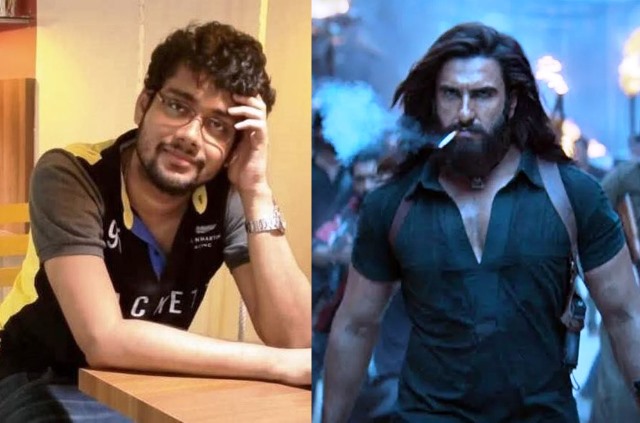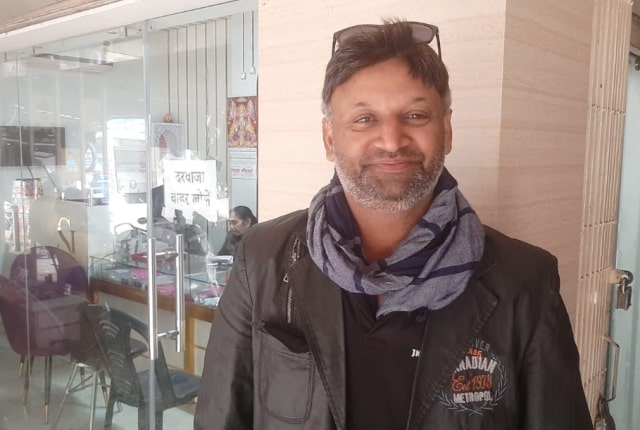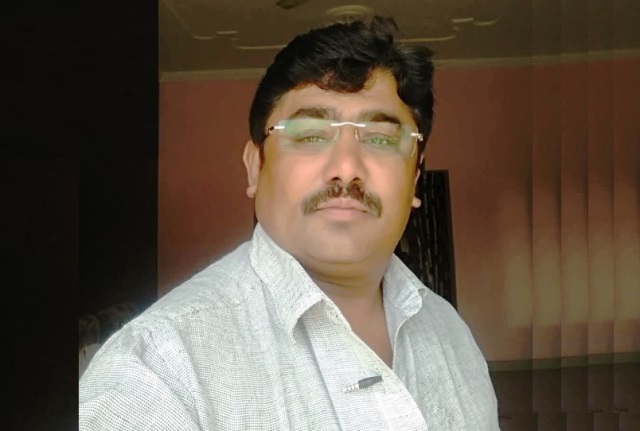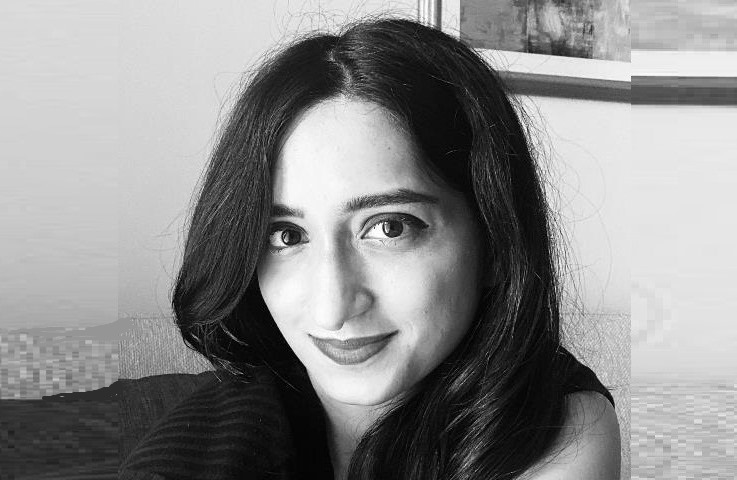
‘Hijab Ban Is A Toxic Mix Of Sexism & Communalism’
Dr Ruha Shadab, who provides mentorship to Muslim women startups, says better education and female participation in national workforce are bigger issues than their choice of clothing
It all started at a government college in Udupi (Karnataka) where six Muslim girls were not allowed to attend classes for wearing hijab, a headscarf worn by Muslim women. College principal Rudra Gowda said he wanted to ensure uniformity in classrooms. The ban triggered a political slugfest, spreading out of Karnataka to other parts of the country, with demonstrations in favour of and against the hijab ban. The matter is now being heard by the Karnataka High Court. But we are missing the wood for the trees.
The choice of a woman’s clothing has been policed by men in our society and in our civilization for millennia. Women are pushed to fit into a narrow approved-limit of what they can say or cannot, what they can do or cannot, and what they can wear or cannot. Such patriarchal stereotype is not just a violation to the right of Indian Muslim women; this is a direct affront to the human rights. In this light I believe the current hijab ban is a toxic mix of sexism and communalism.
This is hardly the first time that a woman’s choice to cover one’s face or head — using a burqa, niqab or hijab — has created controversy. In 2013, Turkey lifted its decades-old ban on headscarves in the civil service. Many European countries like France, Switzerland, Denmark, Belgium, the Netherlands, Austria and Russia prohibit full-face veils (niqab and burka) in public spaces such as courts and schools. The debate and disagreement carry on.
ALSO READ: A Headscarf Lifts The Veil Off BJP
In India, interestingly, this episode has taken the wind out of the Beti Bachao Beti Padhao slogan. Many political leaders, such as Mehbooba Mufti, have called out the hollowness of this slogan when Muslim girls are being denied the right to education simply because of their attire.

Over 50% of Muslim women in India are illiterate today — literacy being officially defined rather generously to include just about anyone who can read and write a sentence or two. The situation in the northern states, and rural areas, is particularly dismal. About 85% of rural north Indian Muslim women are illiterate. The situation in the South, especially in urban areas, is considerably better, with 88% literacy rate among women.
Education indicators of our country are not where they should be, not only in terms of getting more people educated but also in terms of the kind of education that we provide. There are some communities which lag behind national indicators for the average of education and employment indicators. The Muslim woman community is one of them.
This means we need to create a more empowering space to help these marginalised communities to achieve the education level and employment aspirations that we all hold as a country. What is happening right now is the diagonally opposite. Indian Muslim women constitute a community of 100 million people and it is not a homogenous group; even on the matter of hijab, there is a spectrum of opinions among Muslim women.
The hijab is not an issue that this country needs to waste its energy and resources. The problem that needs to be addressed is why are women not an equal participant in the national workforce? Why are women not leading Indian companies in a respectable ratio? Why are our education enrollment and outcomes ratios of some women communities lower than the national average? These are the real issues that beg our attention.
